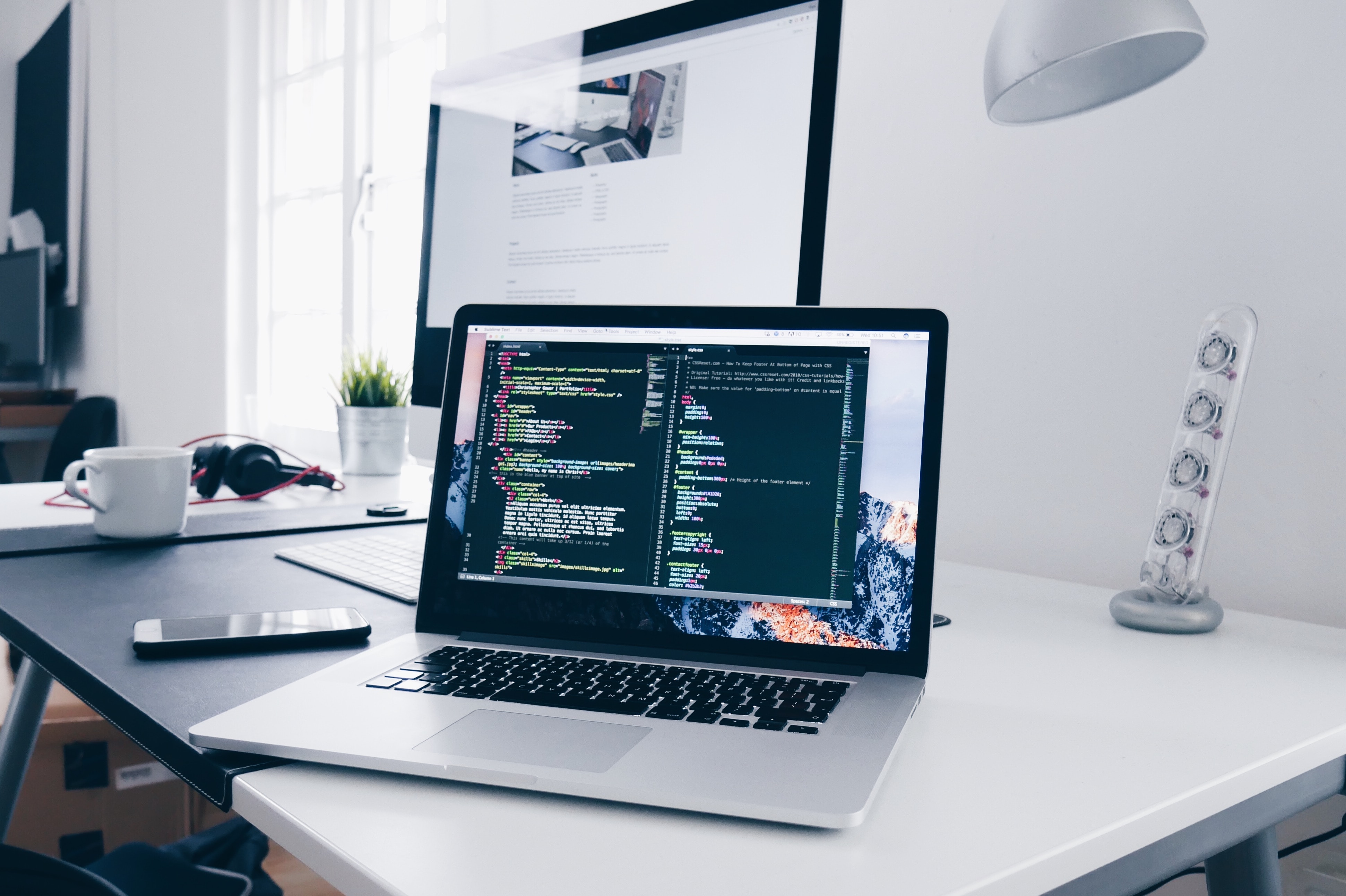
Learn Internet of Things (IOT) in the Easiest Way
What is IoT?
The Internet of Things (IoT) describes the network of physical objects—“things”—that are embedded with sensors, software, and other technologies for the purpose of connecting and exchanging data with other devices and systems over the internet. These devices range from ordinary household objects to sophisticated industrial tools. With more than 7 billion connected IoT devices today, experts are expecting this number to grow to 10 billion by 2020 and 22 billion by 2025. Oracle has a network of device partners.
Why is Internet of Things (IoT) so important?
Over the past few years, IoT has become one of the most important technologies of the 21st century. Now that we can connect everyday objects—kitchen appliances, cars, thermostats, baby monitors—to the internet via embedded devices, seamless communication is possible between people, processes, and things.
By means of low-cost computing, the cloud, big data, analytics, and mobile technologies, physical things can share and collect data with minimal human intervention. In this hyperconnected world, digital systems can record, monitor, and adjust each interaction between connected things. The physical world meets the digital world—and they cooperate.
What technologies have made IoT possible?
While the idea of IoT has been in existence for a long time, a collection of recent advances in a number of different technologies has made it practical.
- Access to low-cost, low-power sensor technology. Affordable and reliable sensors are making IoT technology possible for more manufacturers.
- Connectivity.A host of network protocols for the internet has made it easy to connect sensors to the cloud and to other “things” for efficient data transfer.
- Cloud computing platforms.The increase in the availability of cloud platforms enables both businesses and consumers to access the infrastructure they need to scale up without actually having to manage it all.
- Machine learning and analytics.With advances in machine learning and analytics, along with access to varied and vast amounts of data stored in the cloud, businesses can gather insights faster and more easily. The emergence of these allied technologies continues to push the boundaries of IoT and the data produced by IoT also feeds these technologies.
- Conversational artificial intelligence (AI).Advances in neural networks have brought natural-language processing (NLP) to IoT devices (such as digital personal assistants Alexa, Cortana, and Siri) and made them appealing, affordable, and viable for home use.
- Regression testing:Checking whether new features break or degrade functionality. Sanity testing can be used to verify menus, functions and commands at the surface level, when there is no time for a full regression test.
- Stress testing:Testing how much strain the system can take before it fails. Considered to be a type of non-functional testing.
- Usability testing:Validating how well a customer can use a system or web application to complete a task.
What is industrial IoT?
Industrial IoT (IIoT) refers to the application of IoT technology in industrial settings, especially with respect to instrumentation and control of sensors and devices that engage cloud technologies. Refer to thisTitan use case PDF for a good example of IIoT. Recently, industries have used machine-to-machine communication (M2M) to achieve wireless automation and control. But with the emergence of cloud and allied technologies (such as analytics and machine learning), industries can achieve a new automation layer and with it create new revenue and business models. IIoT is sometimes called the fourth wave of the industrial revolution, or Industry 4.0. The following are some common uses for IIoT:
- Smart manufacturing
- Connected assets and preventive and predictive maintenance
- Smart power grids
- Smart cities
- Connected logistics
- Smart digital supply chains